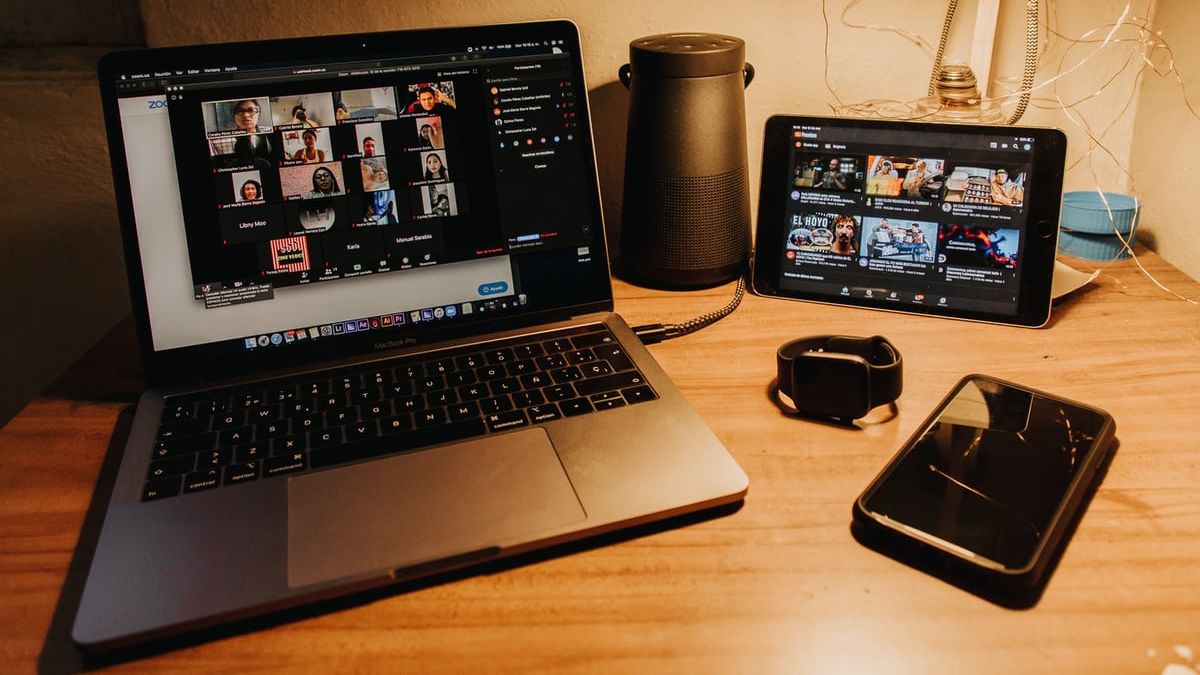JAKARTA - The popularity of the Zoom teleconference application is skyrocketing, along with many people who have to work and study from home, due to the COVID-19 pandemic. Unfortunately, the use of zoom is often problematic because people are disturbed for fun by displaying pornographic images and videos during a video conference.
This prank was known as Zoombombing. The motive is that hackers or hackers deliberately disguised themselves as one of the participants and followed the event.
Then they will hijack the video conference show by sending pornographic pictures or videos. The goal is none other than to disrupt the course of the event.
The Zoombombing incident also happened to an online discussion event organized by the National Information and Communication Technology Council (Wantiknas). Through the Zoom teleconference, unidentified individuals displayed pornographic videos during the discussion with the theme "Multi-stakeholder Collaboration to Combat Hoaxes and Disinformation Amidst the COVID-19 Pandemic" took place.
Not only in Indonesia, Zoombombing actions often occur in many countries. In fact, not a few of these events disturb many casual to formal meetings.

The Zoom developer also understands events like this, attacking many application users. According to Zoom Co-founder, Roy Zur, Zoombombing happened when a user accidentally set up a video conference meeting to be public, so that anyone could access the link.
"Perpetrators often look for meeting IDs that are shared via Facebook or other social media. That way they can disguise themselves as participants and disrupt the course of the video conference," Roy said as quoted on Fortune's page.
Moreover, this Zoombombing action is rife in the United States and disturbs many ID meetings. This incident immediately received high attention from the FBI to catch hackers.
Then how do you avoid being distracted by Zoombombing when using this video teleconferencing application? Following VOI inform, quoted from CNET.
1. Do not use Personal Meeting ID to conduct meeting activities. Instead, use a per-meeting ID, exclusive to one meeting. Zoom's support page offers video browsing on how to generate random meeting IDs for extra security.
2. Enable the "Waiting Room" feature so we can see who is trying to join the meeting before allowing them access. Like many other privacy functions, skilled intruders can sometimes bypass these controls, but it helps to reduce the risk of them getting into an ongoing video conference room.
To activate the Lounge feature, go to Account Management then Account Settings, continue Click Meeting, then click Waiting Room to activate the setting.
3. Disable other options, including the ability for others to Join Before Host (this should be disabled by default, but check to see if it's always automatically on or not). Then disable screen sharing for non-hosts, and also remote control function. Lastly, disable all file transfer, annotations and auto-save features for chats.

To disable most of these features, click the gear-shaped Settings icon at the top right of the page after logging in. From there, you'll see options for turning off most of the features listed.
However, disabling screen sharing is a little different, but just as straightforward. Open the host controls at the bottom of the screen and you will see an arrow next to Share Screen. Click the arrow, then click Advanced Sharing Options. Select to Who can share? Click Host Only, then close the window.
4. After the meeting has started and everyone is present, lock the meeting from an outsider and determine at least two meeting co-hosts. The shared co-hosts will be able to help control the situation if someone is bypassing the attempt to get into the video conference.
To represent a co-host, open the same Settings icon, then to the Meeting tab. Scroll down to Co-host and make sure it is enabled. If Zoom asks to verify, click Activate.
The English, Chinese, Japanese, Arabic, and French versions are automatically generated by the AI. So there may still be inaccuracies in translating, please always see Indonesian as our main language. (system supported by DigitalSiber.id)













